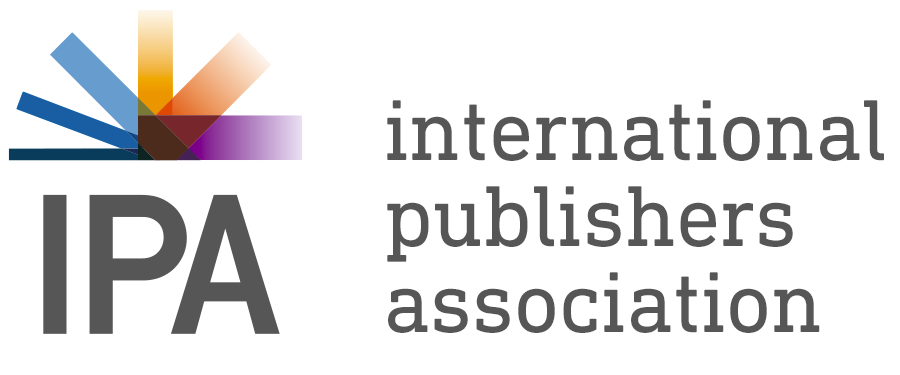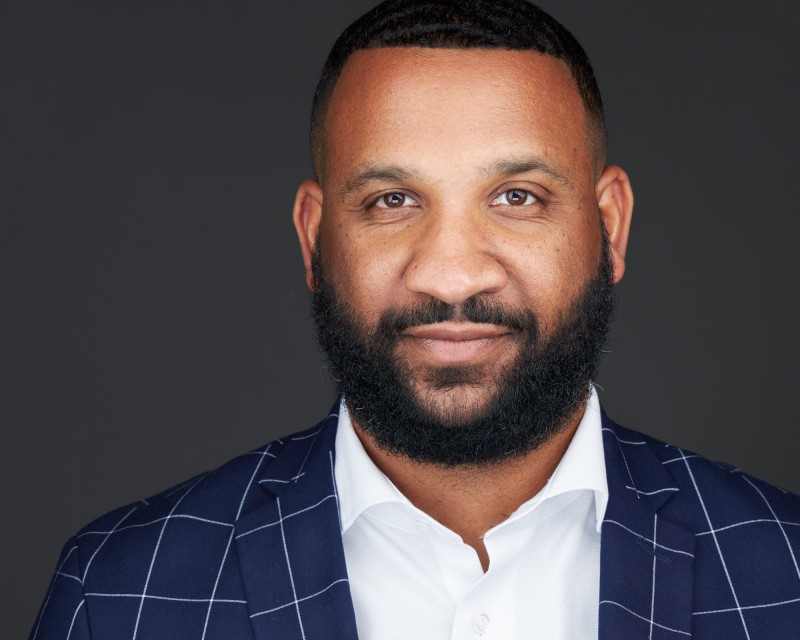How long have you been in your AAP DEI role? What is on top of your agenda? What were you surprised about when you joined AAP / entered the publishing industry?
I joined AAP September 19, 2022, after a 14-year career in higher education. As I am brand new to the mission and policy priorities of AAP, I have been squarely focused on learning more about our nation-wide membership, meeting colleagues from our houses as well as our network of industry partners and understanding the specific DEI challenges and opportunities in publishing. These data points have informed my initial priorities: establishing a DEI committee and practitioner network, developing a DEI Action Plan for our membership, and planning our first DEI Summit.
We launched a DEI Committee in January, which consists of employees at all levels of our member companies, both large and small houses. It’s a wonderful, forward-thinking group.
Separately, we launched a DEI Practitioner Network. As a DEI practitioner myself, I understand first-hand the inherent and unique challenges we face as professionals in this line of work: isolation, frustration, trauma, and emotional tax. I wanted to curate a space for DEI practitioners in publishing to provide a community of support and ongoing professional development given the evolving nature of our work. We think this role is an important one for AAP.
I also recognize the desire for folks to learn from and share their work. My colleagues at Scholastic were already thinking about a DEI-in-Publishing gathering and brought me into it when I arrived. Thanks to their leadership, AAP’s inaugural DEI Summit will be on November 6 in New York City at the Scholastic offices. This summit—which we will offer annually— will bring together publishing houses and partners of all sizes and specialties in the United States to focus on advancing diversity, equity, and inclusion across the industry. Through workshops, panels, and facilitated discussions by leading scholars and experts, the summit offers an opportunity to explore evidence-based practices and share innovations. This year’s theme is Bridging the Gap Between Intention and Action. The summit will include three tracks:
Integrating DEI throughout the Business: This track explores centering DEI throughout publishers’ policies, products, and practices, moving beyond HR, and considers both leadership engagement and investment as well as accountability, while also considering supplier diversity and social impact.
Content and Marketplace: This track explores efforts to ensure books and journals authentically reflect our diverse audiences, increasing the representation of marginalized authors, as well as author development and meeting market demands.
Workforce and Workplace: The publishing industry’s top asset is its employees. This track explores reimagining pathways into the industry, early talent development, K-12 partnerships, recruitment, retention, and advancement, as well as professional development for employees and culture initiatives.
In reflecting on my initial months at AAP, I can say that I was most pleasantly surprised to see such a strong desire to work together collaboratively to see industry-wide impact, from AAP’s team to its members to its Board. As Julia Reidhead – our AAP Board Chair and Chairman and President of W. W. Norton — stated perfectly last week at our annual meeting, there is “power of the collective…of linking arms with other publishers.” I can attest to this perspective as I see the deep engagement of my colleagues in our various workstreams.
The UK PA just launched their Inclusivity Action Plan. Are you planning anything similar in the US?
Yes, the UK PA’s leadership has been helpful to the rest of us. I’m working closely with AAP’s DEI Committee and Practitioner Network to develop a Diversity, Equity, and Inclusion Action Plan for our membership. Carrie Bloxson, Vice President and Chief Diversity Officer at Hachette Book Group, has been an amazing partner and is chairing our working group. The plan will provide voluntary guidance and information about achieving a diverse, equitable, and inclusive publishing workplace, workforce, and content. We intend to release the plan at our DEI Summit in November.
Let’s talk D&I data for our industry in the US. When was the last industry wide survey done? What were key conclusions? Are there any plans for new US surveys on D&I?
I see this as one of the greatest opportunities for AAP to address in the short-term. We already engage in data collection and statistics reporting for the industry. To strengthen our data collection, we are exploring an author and contributor Self-ID survey, which would provide baseline demographic data across publishing.
Lee and Low Books is currently preparing for the third iteration of the Diversity Baseline Survey. This survey examines race, gender identity, sexual orientation, and disability among publishing staff. The results will be released publicly toward the end of January 2024. The results of the previous survey underscore that while there has been some progress in representation, there is much more work that must be done. I also believe it’s important to contextualize this data, recognizing the strengthening of DEI infrastructure and strategy across industries within the past few years. With that, it will take time to see substantial shifts in publishing staffing demographics.
One way to address DEI is through Internships. Can you tell us some more about the AAP internship program here?
I’m glad you raised this. Pathways into an industry are essential to diversifying the workforce and exposing underserved and marginalized communities to new opportunities. While many of our member companies have long-standing internship programs, AAP is now in its eighth year of partnership with the United Negro College Fund (UNCF), which provides paid summer internships to students of color with an interest in pursuing a career in the publishing industry. Through this partnership, candidates receive feedback on their resume and cover letter as well as interview coaching. Each year, roughly 10 companies participate. We are looking to increase participation over the next few years. This program provides students with the opportunity to connect with the industry, and both learn from and impact their organizations, setting themselves up to be the next successful generation of publishing employees.
We see a dramatic rise in censorship globally and also in the US and especially books that can be viewed as supportive of DEI are being banned and censored. What is your view here?
I find this deeply troubling and counter to the values of our democracy. In the last year, thousands of books have been the subject of censorship demands across the U.S. In 2023, 27 states introduced a record total of 50 bills that would restrict access to books in schools and libraries. Five have been enacted into law.
Further, the disparate impact that these harmful actions have on authors and communities of color and the LGTBQ+ community are baffling and undeniable. That said, I remain hopeful and encouraged by the important legal work that my colleagues at AAP and industry partners are engaged in to combat these unconstitutional acts. Fortunately, AAP is not alone in standing up for this core principle—authors, librarians, booksellers, and many others are working together, and each has a different role to play. At AAP, our focus is law and policy. We work surgically in federal and state legislatures, and, when necessary, in the courts.
What advice would you have for IPA members on DEI from your experience at AAP?
Publishing has an incredible amount of power to shape knowledge and advance human progress. This is a tremendous responsibility that we should continue to take with great care. DEI is more than just a people or human resource component. It must function at the core of our mission, threaded throughout the organization, and considered in all decision making. A focus on systems will ensure long-term, sustainable change. Moving beyond planning events or one-off initiatives, we must consistently examine and reimagine the structures, policies, and practices that perpetuate inequitable experiences and outcomes.

